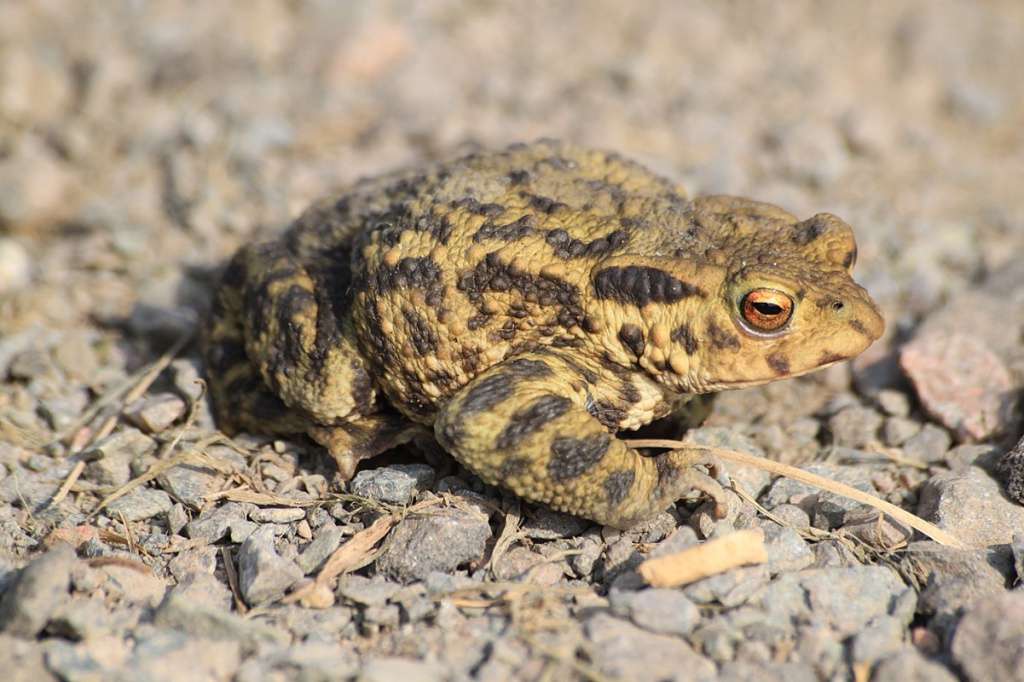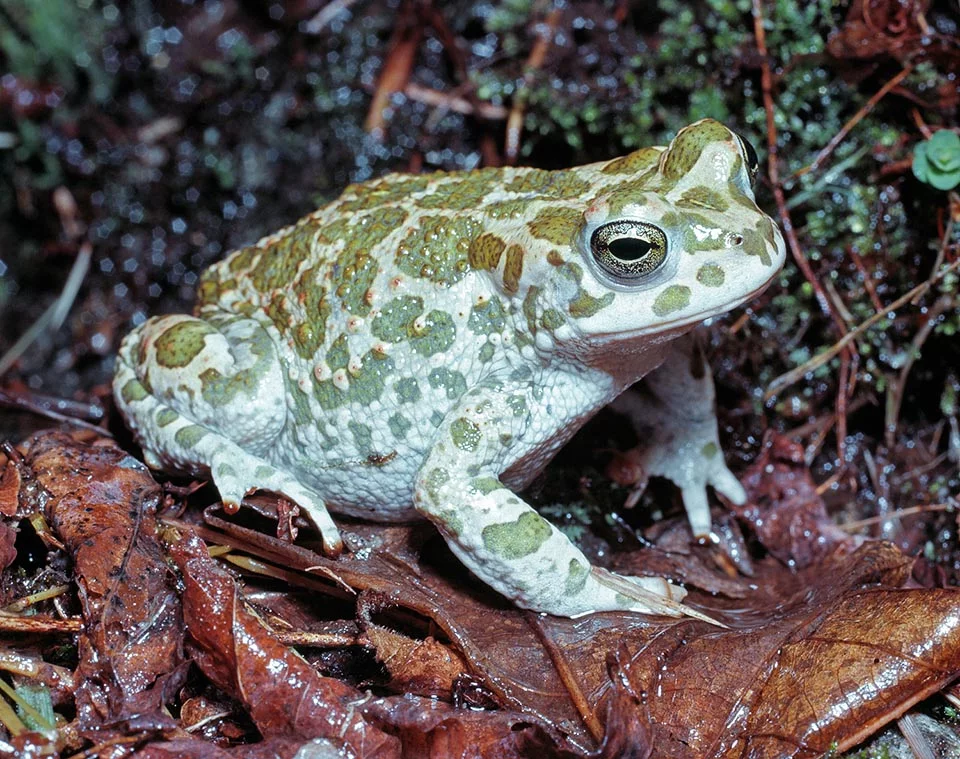
A species of toad in the Bufonidae family is the Bufo japonicus, Japanese warty toad, or Japanese common toad. Japan is home to it. Subarctic forests, swamps, temperate shrubland, temperate forests, irrigated land, intermittent freshwater marshes, arable land, ponds, urban areas, rural gardens, and freshwater springs are some examples of its natural habitats. The Japanese common toad engages in a mating behavior known as amplexus at the time of breeding.
Description
The Japanese common toad height is 7 in (17.5 cm) in from snout to vent, with females somewhat larger than males and larger toads growing in warmer habitats than in colder ones. This toad head is generally trapezoidal in shape and has a pointed nose. The elliptical tympanum is located just below the eye at its longest diameter. The sturdy forelimbs are roughly half as long as the rear limbs, and the torso is strong. On the other hand, the third finger is the longest, and the second finger is the smallest. The skin is covered in tiny warty outgrowths and can range in colour from green to yellow to darker brown. During the breeding season, it frequently becomes paler and smoother.

Habitat
The subspecies of this toad has been introduced to the islands of Izu shima and Hokkaido. This toad is found in Japan and may be found there as well as on the Honshu, Kyushu, Hokkaido, and Shikoku islands. It can be found in a wide range of environments, including low-lying and hilly regions.
Reproduction
Because of the fierce competition between males in the Japanese common toad, this species is noted for explosive breeding. Although it is not clear how these toads mate, polyandry through amplexus is the most common pattern. Courtship, which relies on the touch and visual senses, occurs before mating. The males’ ability to compete for female mating partners depends on two factors: population density and the operational sex ratio. Females have little choice but to conduct polyandry if there are a lot of males in a particular nesting location.
In Bufos japonicus, migration to breeding ponds is crucial. When the toads have arrived at their breeding locations throughout the breeding month, OSC levels are at their greatest. When a species reaches the breeding location, levels of other hormones including luteinizing hormone and follicle-stimulating hormone rise as well.
Diet
The Japanese common toad spends most of its time on land and eats ants, some species of beetle, earthworms, and other small arthropods that are vulnerable to other predators.
Table





